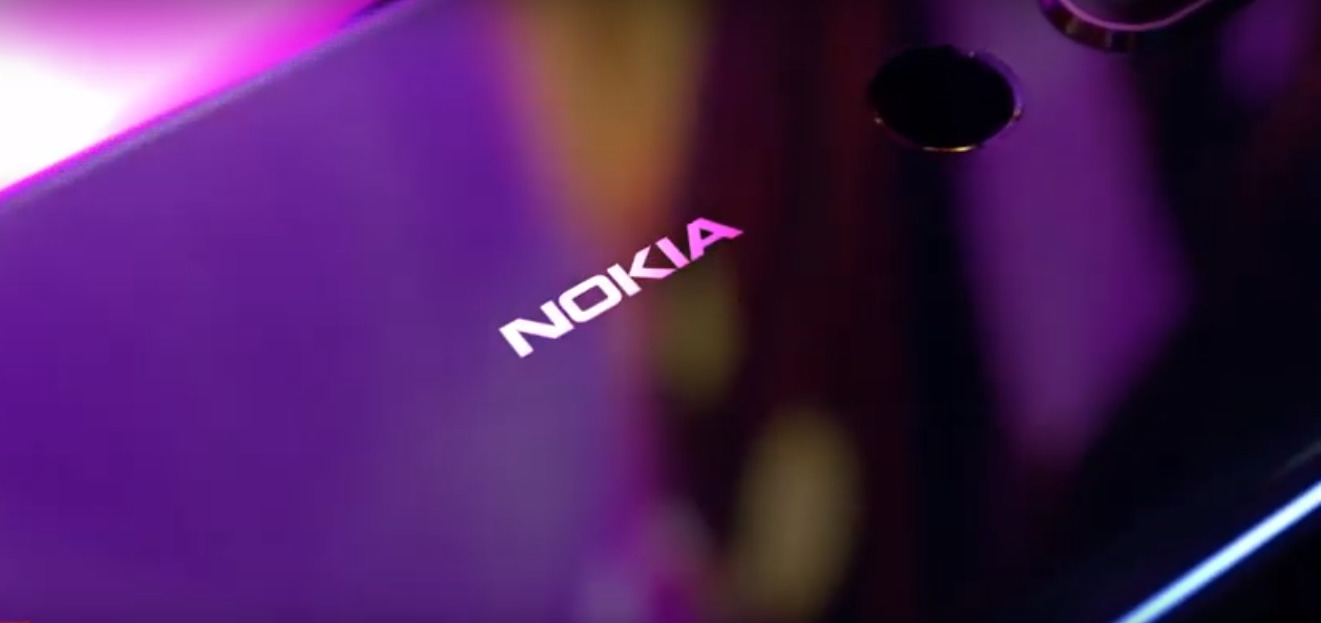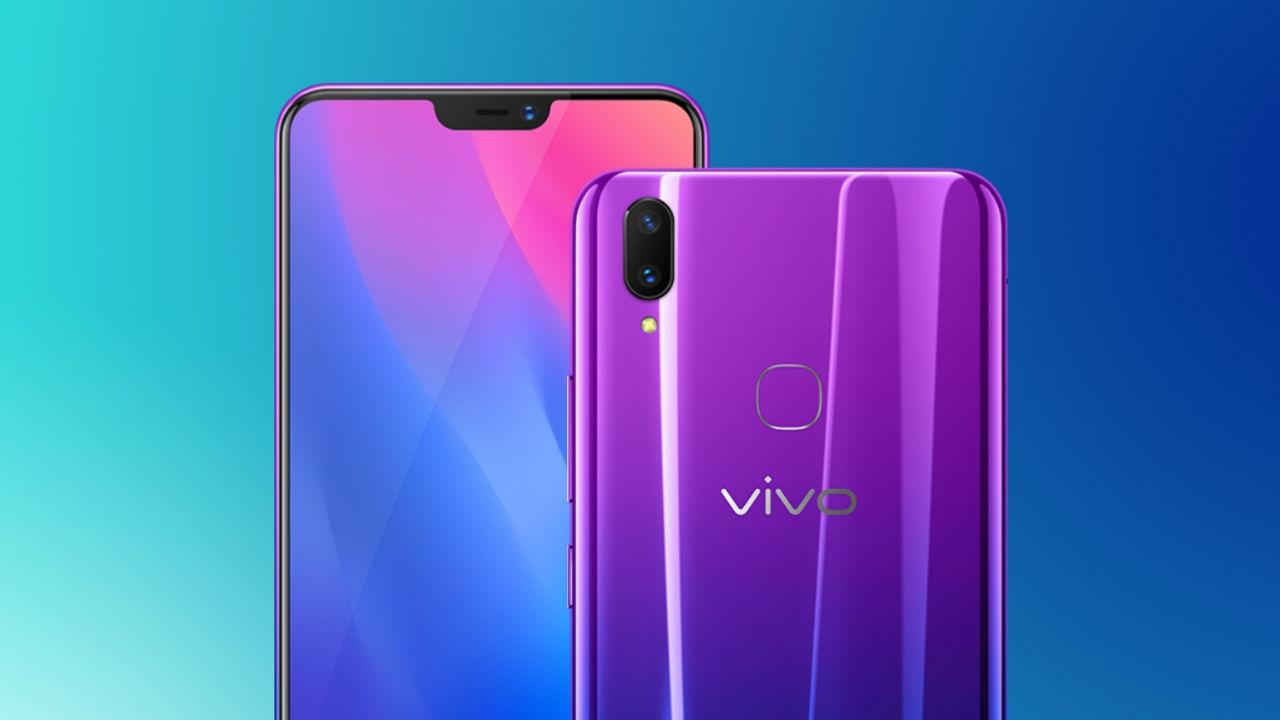Overview of the main characteristics of the smartphone Huawei P smart 2020
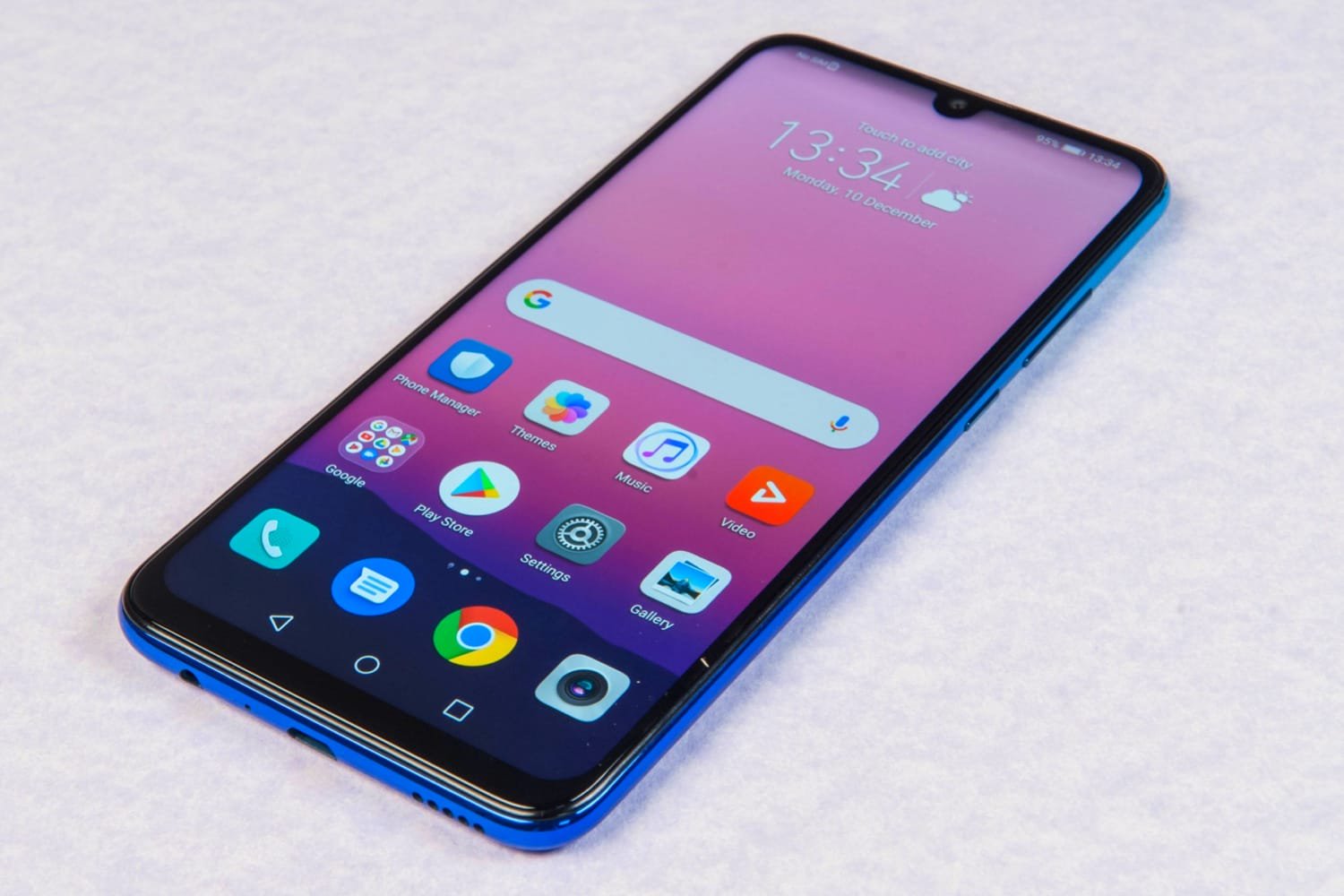
Huawei is improving its performance in the field of smartphone production every year. The Chinese delight the consumer with phones with excellent functionality at affordable prices. Which is consistent with the concept of modern consumer society.
This year, Huawei has again updated the P smart line, taking products up a segment with the announcement of Huawei P smart 2020. Now this is not a budget model, but a completely reliable “middle peasant” with a decent filling and a convenient menu.
In this review, we will share information about the main technical characteristics of the Huawei P smart 2020 smartphone. Let's not forget to mention the advantages and disadvantages.
Content [Hide]
A little about the company
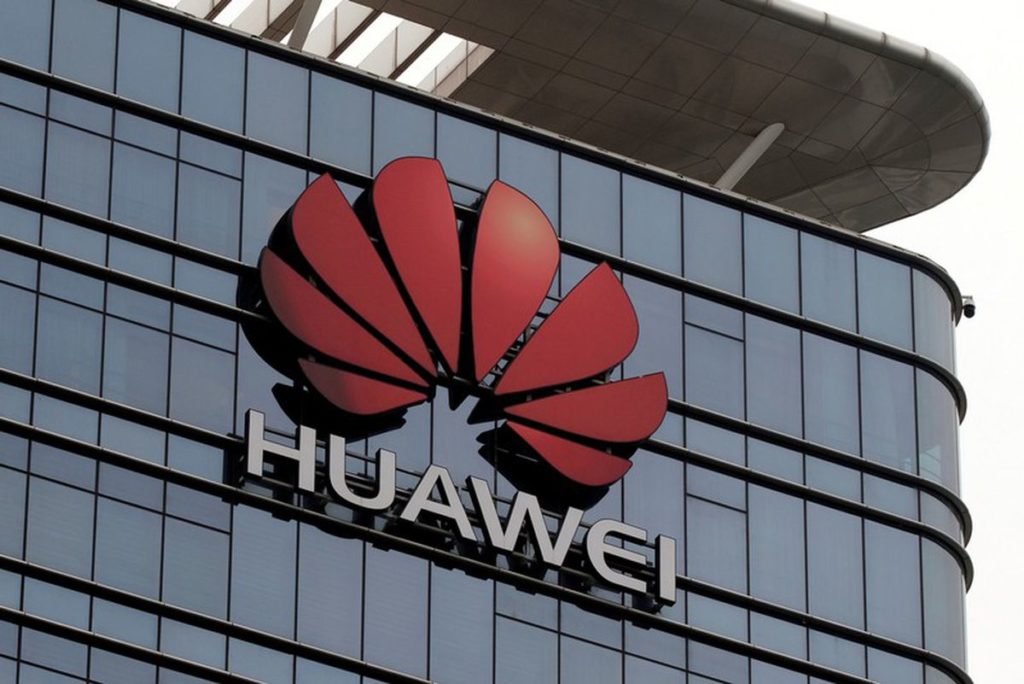
Huawei is translated from Chinese as "great achievement", justifying the name of the giant from China. The industrious Chinese have managed to spread their products to different market segments and become one of the most popular smartphone manufacturers.
As early as 1987, military engineer Ren Zhengfei decided to develop technological progress in China and started manufacturing switches.As early as 1990, a Chinese patriot established a research laboratory to further develop the company.
Years have passed since then and Huawei has become one of the leading smartphone companies in the world.
What is their secret? Perhaps in the organization's philosophy: "People's needs come first."
About model
Huawei is not one of those who makes you wait for the release of their new products for a year or two. Every season, another model comes out from under the pen of hardworking Chinese: for different tastes, colors and wallets. And not so long ago it became known that the continuation of the P smart line with the 2020 index is being prepared for release. Recall that the last model of this series was released exactly a year ago, at the end of 2019. Let's take a closer look at the announced gadget and analyze the weaknesses and strengths.
Characteristics:
| Name | Parameter | Meaning |
|---|---|---|
| Net | Technology | GSM / HSPA / LTE |
| Frame | Dimensions | 157.4 x 73.2 x 7.8 mm (6.20 x 2.88 x 0.31 inches) |
| The weight | 163 grams | |
| SIM | Hybrid Dual SIM (Nano-SIM) | |
| Screen | Type of | OLED display with capacitive touchscreen, 16 million colors |
| Diagonal size | 6.3 inches, 97.4 cm2 (~84.6% usable surface area) | |
| Permission | 1080 x 2340 dots, 19.5:9 aspect ratio (~409 ppi pixel density) | |
| Platform | Operating system | Android 10 |
| Chipset | HiSilicon Kirin 810 (7nm) | |
| CPU | Octa-core (2x2.27 GHz Cortex-A76 & 6x1.88 GHz Cortex-A55) | |
| Graphics core | Mali-G52 | |
| Memory | Memory card slot | microSD, support for cards up to 1 TB (uses SIM card slot) |
| Built-in memory | 64GB 4GB RAM, 128GB 6GB RAM | |
| Main camera | Dual | 48 MP, f/1.8, (wide), 1/2.0", 0.8µm, PDAF |
| 8 MP, f/2.3, 13mm (super wide), 1/4", 1.12µm | ||
| Depth sensor | 2 MP, f/2.4, 1/5", 1.75µm | |
| Additionally | Flash LED, HDR, panoramic shooting | |
| Video | , | |
| Front-camera | Single | 16 MP, f/2.0 |
| Additionally | HDR | |
| Video | ||
| Sound | speaker | Available |
| 3.5mm jack | Available | |
| Active Noise Cancellation | ||
| Connections | WLAN | Wi-Fi 802.11 a/b/g/n/ac, dual-band, Wi-Fi Direct, hotspot |
| Bluetooth | 5.0, A2DP, LE | |
| GPS | available, support for A-GPS, GLONASS, BDS systems | |
| NFC | available | |
| Radio | FM band | |
| USB | 2.0, Type-C 1.0 reversible connector | |
| Additionally | Sensors | Fingerprint scanner (under display, optical), position sensor, compass, acceleration sensor |
| Battery | Non-removable Li-Po battery, 3900 mAh capacity | |
| Charger | Battery charger 10W | |
| Miscellaneous | Color | Black, blue, red |
| Model | AQM-AL00, AQM-TL00 |
Camera
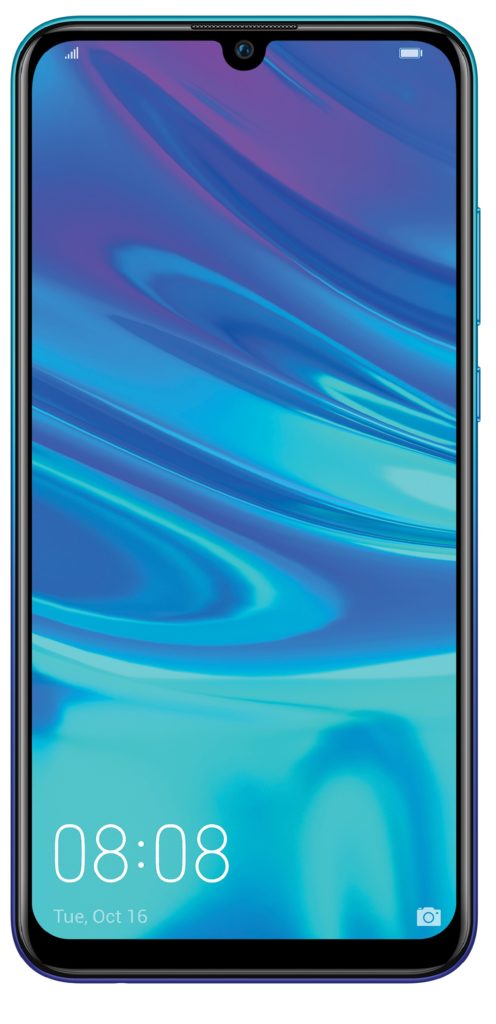
Given the fact that the Chinese company positions this device as a medium-budget model, it becomes clear why the main trend of the last season, the quad camera, was ignored.
A triple module is used as a rear one, and one matrix does not shoot at all, but is used as a depth sensor. So, in a good way, the P smart 2020 has a dual main camera. But its characteristics are strong:
- main matrix with a resolution of 48 megapixels, f / 1.8, wide-angle;
- sensor size 1/2.0″;
- supports autofocus;
- HDR mode and panoramic shooting available;
- can record video with a resolution of 2160 and 1080 pixels at 30 frames / sec.
The second sensor with a resolution of 8 MP, f/2.3, is a super wide-format camera with a 1/4″ sensor size. For shooting in low light conditions, a flash LED is placed next to the camera unit.
The main changes affected the front camera.Now she is not hiding in the compartment intended for her, but is located on a ledge in the upper center of the screen. Undoubtedly, this is the best solution than the P smart 2019 with a retractable camera. The fewer moving and protruding parts, the more reliable the device.
But in the modern world of mobile devices, there has been a trend to move away from the “bangs”. Most manufacturers try to put the selfie camera in a special cutout in the display. Such a constructive solution looks more elegant and allows at least a little, but to increase the useful area of the screen.
As for the characteristics, Huawei plans to install a matrix with 16 megapixels, f/2.0. The camera will support HDR high-definition photography and 1080p video recording.
- location of the front camera;
- decent characteristics of the main camera.
- there is no quad camera.
Screen
The main advantage is, of course, the type of matrix used, here we are dealing with an OLED display. Yes, I would like to see a much larger AMOLED type matrix, but for the sake of the pricing policy, the simpler and cheaper one was used. But even in this scenario, the brightness and color saturation, even in bright sunlight, will be higher than that of IPS matrices.
The specification lists only one display diagonal size of 6.3 inches. Not so little, but thanks to a good pixel density per inch (409 ppi) and OLED technology, manufacturers were able to provide a decent screen resolution. It is 1080 x 2340 pixels. And this is very good, considering that devices from the same price category, but with IPS matrices, rarely boast such numbers.
- matrix;
- good screen resolution.
- not detected.
Filling
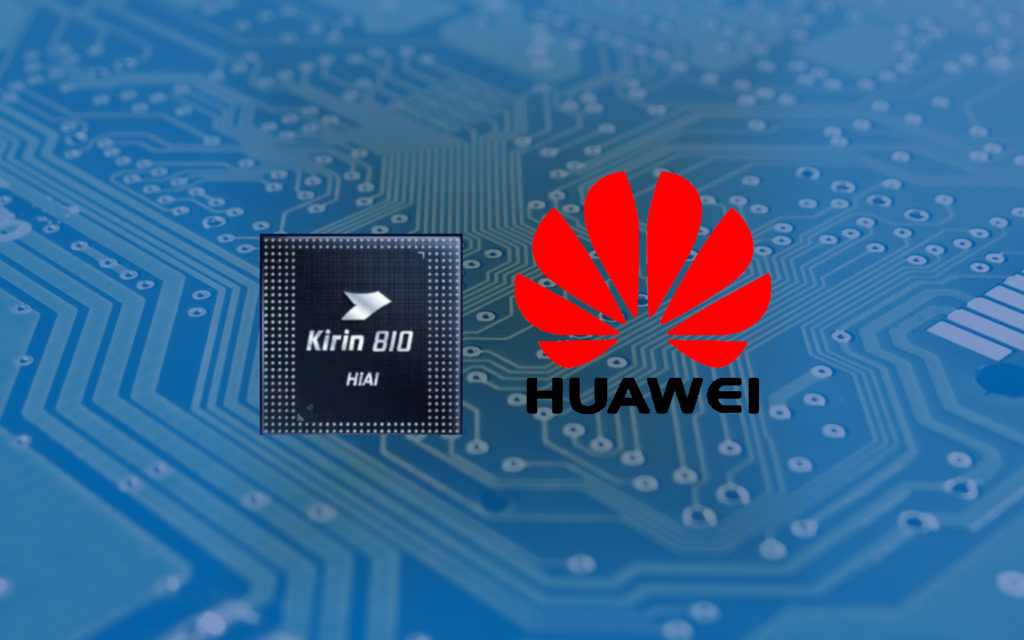
The device will be produced in two versions, different in terms of built-in and RAM. Both options are quite “fat” for a mid-range smartphone: 64 GB and 4 GB of RAM, 128 GB and 6 GB of RAM.
The eight-core processor HiSilicon Kirin 810 was entrusted to manage all this economy. And the Mali-G52 chip is responsible for the high-quality picture. This bundle is enough for comfortable work without brakes with many open applications for most potential users.
Also in the "iron" component of the device are present:
- Wi-Fi module;
- Bluetooth version 5.0;
- GPS, supports major navigation systems;
- NFC
- FM radio module.
I would especially like to note the presence of NFC - a contactless payment system. Progress is being made by leaps and bounds, and the future has already arrived. It is very commendable that Huawei follows the major trends in the mobile technology world and builds cutting-edge solutions into its products.
- memory size;
- availability of contactless payment function.
- not detected.
Design

Many experts point to the depersonalization of modern gadgets, according to them, they are similar to each other, like bricks in a wall. Let's not exaggerate. Of course, there are models that stand out, but our "patient" is not from this series. Ordinary monoblock, outwardly very similar to other devices of the manufacturing company.
Of the obvious features - the lack of a fingerprint scanner on the rear surface of the device. The developers have placed it, for greater convenience, under the display.
All other controls are in the places where they should be: the volume rocker and the power button are on the right, the SIM card slot is on the left. The charging socket is on the bottom, there is also a bonus for audiophiles - a 3.5 mm jack.
- stylish design;
- having a headphone jack.
- not detected.
autonomy
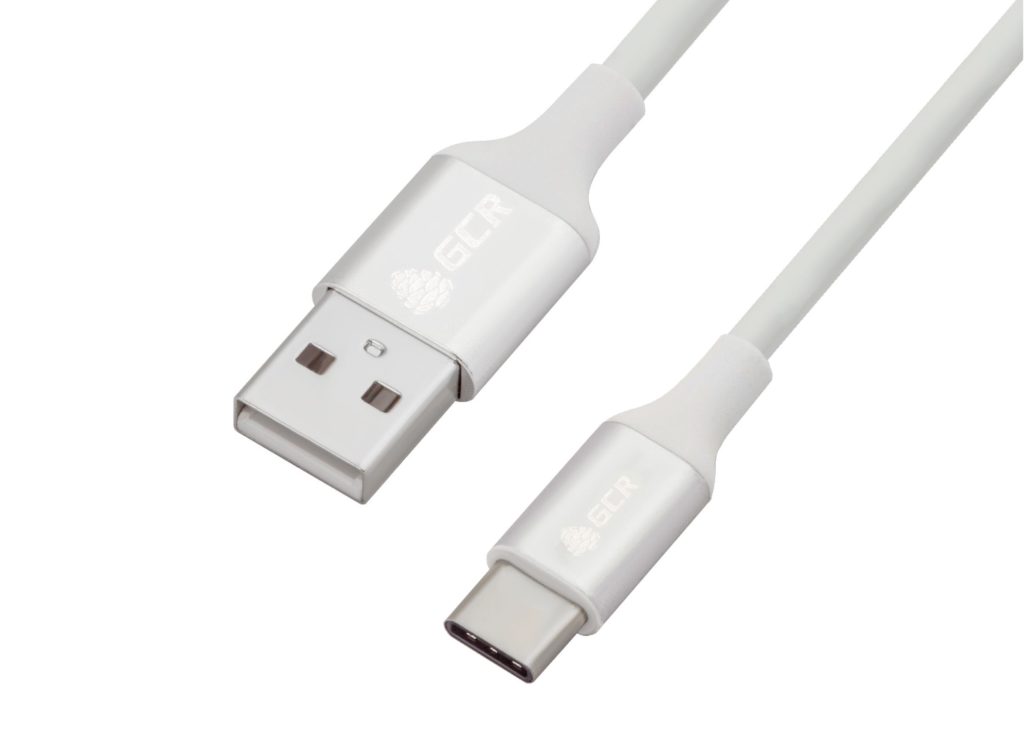
It is puzzling that with a rather rich filling, Huawei equips the device with a 3900 mAh battery. Of course, this capacity is enough "for-the-eye" for the whole day of active use of the device, and according to the advertising presentation they promise even two. But there is no movement forward in the direction of autonomy. In contrast to the performance of the processor and RAM, which increase from generation to generation. As if Huawei is holding something back from increasing the capacity.
Although other manufacturers are not asleep. Recently, the nearest neighbor, competitor, and just the second company in the Chinese market ZTE announced a smartphone with a 5000 mAh battery!
The reason, most likely, lies in the use of the same battery size in different models, if you look, the same battery can be found in Huawei Enjoy 10. And, given that the kit comes with a charger with a capacity of only 10 W, there is no question about a full-fledged function, like fast charging of the device.
- not detected.
- weak battery capacity.
System
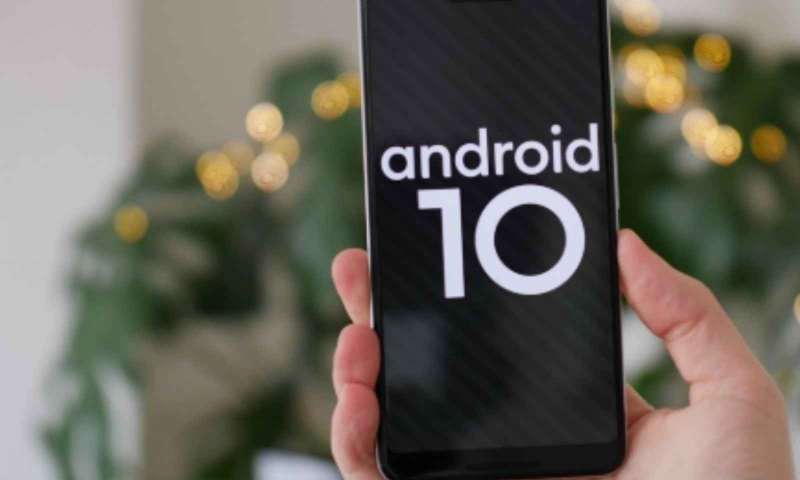
At the end of 2019, the most logical thing would be to use the Android 10 operating system, which is what the Chinese mobile industry giant has done. It is not yet known whether the system will be complete, given the trade war between China and the US government. It is possible that Google services such as the Play Market will become unavailable.
Some experts believe that this smartphone model is designed only for domestic use in China. Or the owners themselves will have to take care of finding a third-party app store.
A branded, rather convenient EMUI shell will be installed on top of the system.
- reliable shell EMUI.
- possible unavailability of some services.
Conclusion
As a result, we have a very interesting model worthy of detailed consideration. It can be seen that the flagship of the Chinese mobile market is working on its products, many shortcomings and dubious decisions that were present in the previous model have been corrected.
It remains unclear for the time being the localization of the sales market for this device and whether it will go to international trading platforms, or will it remain a purely domestic product? And if the Huawei P smart 2020 smartphone goes beyond the country of manufacture, will the functionality of the operating system be limited?
All these questions slightly shade the positive impressions of the declared characteristics and appearance. Therefore, we will wait for the official presentation, where Huawei will reveal the secrets.
new entries
Categories
Useful
Popular Articles
-

Top ranking of the best and cheapest scooters up to 50cc in 2022
Views: 131666 -

Rating of the best soundproofing materials for an apartment in 2022
Views: 127704 -

Rating of cheap analogues of expensive medicines for flu and colds for 2022
Views: 124529 -

The best men's sneakers in 2022
Views: 124049 -

The Best Complex Vitamins in 2022
Views: 121952 -

Top ranking of the best smartwatches 2022 - price-quality ratio
Views: 114988 -

The best paint for gray hair - top rating 2022
Views: 113405 -

Ranking of the best wood paints for interior work in 2022
Views: 110332 -

Rating of the best spinning reels in 2022
Views: 105339 -

Ranking of the best sex dolls for men for 2022
Views: 104379 -

Ranking of the best action cameras from China in 2022
Views: 102228 -

The most effective calcium preparations for adults and children in 2022
Views: 102021

